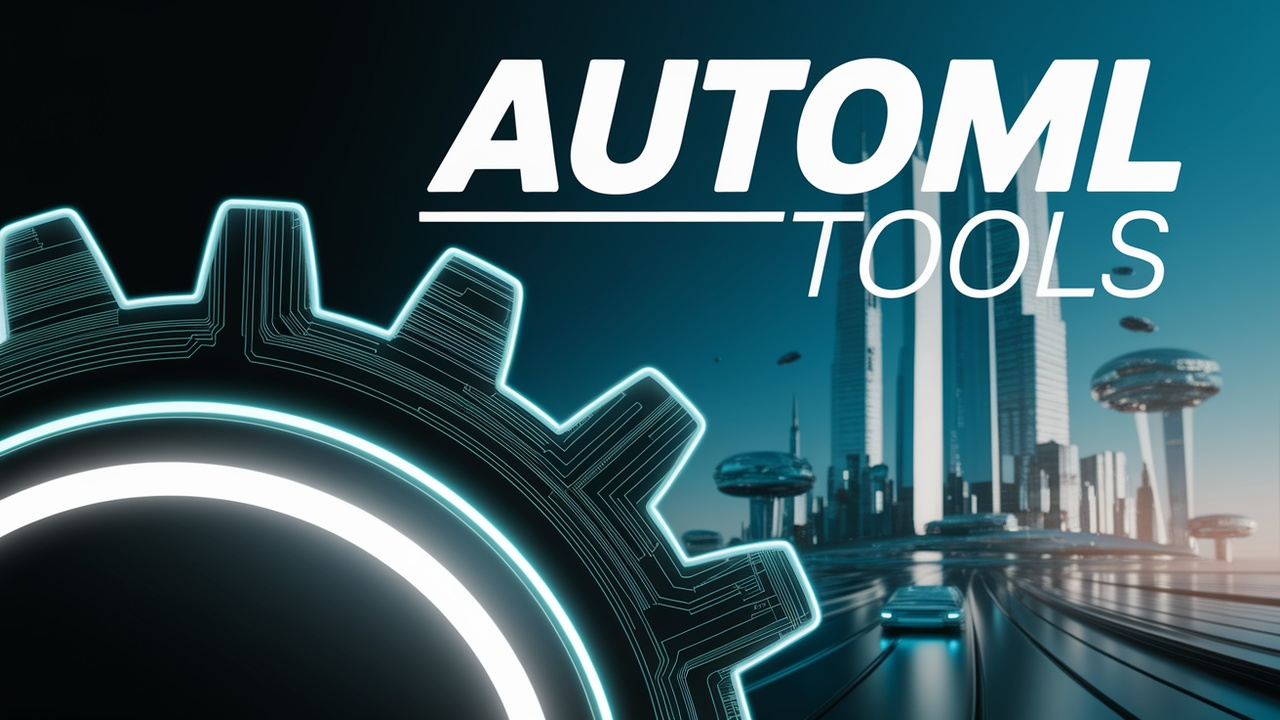
This comprehensive course explores the world of Automated Machine Learning (AutoML) tools, focusing on popular platforms like Google AutoML and H2O.ai. Participants will learn how to leverage these tools to streamline model development, enhance productivity, and achieve better results in machine learning projects.
Course Levels
-
Level 1: Introduction to AutoML
An overview of AutoML, its significance, and the basic principles that guide its use in machine learning.
-
Level 2: Getting Started with Google AutoML
A hands-on introduction to using Google AutoML, guiding learners through the platform's interface and features.
-
Level 3: Exploring H2O.ai
Deep dive into H2O.ai, its functionalities, and how to implement AutoML processes effectively.
-
Level 4: Advanced Features of AutoML Tools
Exploration of advanced functionalities and customization options available in AutoML tools.
-
Level 5: Real-World Applications of AutoML
Analyzing case studies and applications of AutoML in various industries to understand its practical implications.
-
Level 6: Deployment and Monitoring of AutoML Models
Focus on deploying models created with AutoML tools and monitoring their performance in production.
-
Level 7: Future Trends in AutoML
Examining the evolving landscape of AutoML and the future trends that could shape its development.
Course Topics
-
Overview of Popular AutoML Tools
# Overview of Popular AutoML Tools Automated Machine Learning (AutoML) has gained immense popularity in recent years, enabling even non-experts to leverage machine learning techniques effectively. Th...
-
Automated Feature Engineering Techniques
# Automated Feature Engineering Techniques Feature engineering is a crucial step in the machine learning pipeline, as it involves creating informative features from raw data to improve model performa...
-
Integrating External Libraries with AutoML
# Integrating External Libraries with AutoML Integrating external libraries with AutoML tools can significantly enhance the capabilities of your machine learning workflows. This integration allows pr...
-
Setting Up H2O.ai for AutoML
# Setting Up H2O.ai for AutoML ## Introduction H2O.ai is a powerful open-source platform designed for machine learning and data analysis. It provides a suite of machine learning algorithms that can b...
-
Building Your First Model with Google AutoML
# Building Your First Model with Google AutoML Google AutoML provides a simple and efficient way to create machine learning models without requiring extensive knowledge of machine learning algorithms...
-
Managing Model Drift and Updates
# Managing Model Drift and Updates In the realm of AutoML and machine learning in general, deploying a model is just the beginning of its lifecycle. Over time, models can become less effective due to...
-
Customizing Models and Algorithms
# Customizing Models and Algorithms In the realm of AutoML, while automated processes simplify the development of machine learning models, there are instances where customization is essential to achi...
-
Overview of H2O.ai Platform
# Overview of H2O.ai Platform H2O.ai is an open-source platform designed to simplify and accelerate the process of machine learning through automation. It allows data scientists and analysts to build...
-
Key Components of AutoML Systems
# Key Components of AutoML Systems Automated Machine Learning (AutoML) systems have revolutionized the way data scientists and machine learning practitioners approach their work. By automating variou...
-
Navigating the Google AutoML Interface
# Navigating the Google AutoML Interface Google AutoML provides a user-friendly interface that simplifies the process of building machine learning models. In this section, we will explore the main co...
-
Data Preparation and Uploading
Learn about this topic in the course
-
Ethical Considerations in AutoML Deployments
# Ethical Considerations in AutoML Deployments AutoML (Automated Machine Learning) has transformed the way we build and deploy machine learning models. However, with great power comes great responsib...
-
Understanding H2O.ai Model Interpretability
# Understanding H2O.ai Model Interpretability Model interpretability is a critical aspect of machine learning that allows practitioners to understand the decisions made by their models. In this secti...
-
Using AutoML for Financial Forecasting
# Using AutoML for Financial Forecasting Financial forecasting is a critical aspect of financial planning and analysis, enabling businesses to make informed decisions regarding investments, expenses,...
-
Integration of AutoML with Cloud Platforms
# Integration of AutoML with Cloud Platforms ## Introduction The integration of Automated Machine Learning (AutoML) with cloud platforms is a transformative trend that greatly enhances the accessibil...
-
Predictions for the Next Decade in Automated Machine Learning
# Predictions for the Next Decade in Automated Machine Learning Automated Machine Learning (AutoML) has transformed the landscape of data science and machine learning by democratizing access to advan...
-
The Role of AI and Machine Learning in AutoML's Future
# The Role of AI and Machine Learning in AutoML's Future In recent years, Automated Machine Learning (AutoML) has emerged as a powerful tool that simplifies the process of building machine learning m...
-
Setting Up Your Environment for AutoML
# Setting Up Your Environment for AutoML AutoML, or Automated Machine Learning, simplifies the process of applying machine learning to real-world problems. To leverage the power of AutoML effectively...
-
Emerging Technologies in AutoML
# Emerging Technologies in AutoML In recent years, the field of Automated Machine Learning (AutoML) has seen significant advancements, driven by emerging technologies that enhance the efficiency, acc...
-
Evaluating Model Performance in Google AutoML
# Evaluating Model Performance in Google AutoML Evaluating model performance is a critical step in the machine learning workflow. Google AutoML provides several tools and metrics to assess how well y...
- And 8 more topics...